THE BLUEPRINT’S PLAN & HISTORY
The Colorado Blueprint to End Hunger is a multi-year plan to end hunger for all Coloradans. It was developed, with funding from the Colorado Health Foundation, by individuals and organizations from across the state who are working on or experiencing hunger in their own homes and communities.
Key elements of the plan include efforts to:
Maximizing enrollment of income-eligible Coloradans in both the Supplemental Nutrition Assistance Program (SNAP) and the special SNAP program for Women, Infants, and Children (WIC);
Boosting participation in federal child nutrition programs;
Expanding the number of Coloradans who can access the food they need through community-based organizations; and
Building public and political will.
THE HISTORY
In 2015, Karen McNeil-Miller took over as the new CEO of the Colorado Health Foundation. One of her first efforts was to complete a statewide listening tour to understand community assets and barriers to health. She had community conversations in all 64 counties in the state. A few things emerged from the conversations. The health care and coverage needs of Coloradans were confirmed, but several areas of additional urgency emerged. These included behavioral health and substance use, affordable housing, affordable childcare, and food insecurity.
The Foundation began to investigate what more could be done in these areas, and specifically took a deeper look at opportunities to address food insecurity. In 2016, the Foundation invested in efforts to consolidate research on hunger in Colorado and the programs, organizations, and initiatives working to alleviate hunger throughout the state. This research helped identify areas of focus to create a hunger-free state and highlighted benefits of reaching this goal for individuals, communities, and the Colorado economy.
In June 2017, the Foundation convened nearly 100 key stakeholders to more closely examine the challenges of hunger in Colorado and to develop solutions. Representatives from various sectors — health care and hospital systems, state health and human services agencies, local county human services, advocacy, policy and legal organizations, community-based organizations, Feeding America food banks, foundations, businesses, consumers, and the Office of the Governor — attended this meeting and agreed that Colorado needed a road map to achieve the goal of a hunger-free state, and the idea for the Colorado Blueprint to End Hunger was born.
A steering committee of more than 35 stakeholders — those working to end hunger and/or living with hunger — provided leadership to create and advance the Blueprint, enhance public and political will to end hunger, and leverage their influence to sustain the momentum toward finding solutions. The committee met from August to December of 2017 and was committed to producing an actionable plan for Colorado. At the highest level, the Blueprint envisions linking systems and solutions to create real and meaningful progress.
After the Blueprint was released in January 2018 with a series of events at the Governor’s Mansion and at the History Colorado Center, efforts turned to implementation. There was a strong commitment from the steering committee that the recommendations of the Blueprint become a reality.
As the steering committee was thinking about successful implementation, it came through loud and clear that there was a need for a structure that allowed for inclusivity, shared leadership, true collaboration, and broad-based participation, and most importantly, not “owned by any single organization” or housed at any of the existing steering committee organizations. There was a desire for a true alliance or coalition model. Additionally, it was clear that to do this, it would be necessary to have centralized staffing and resources to ensure alignment, to focus on community engagement and to move priorities into actionable wins.
The following core values and key elements of success were identified by the Blueprint steering committee:
Shared Leadership: No one agency should “own” the Blueprint. The governance and activities supporting the Blueprint vision and goals must be mission-focused, not agency-focused. Shared ownership and accountability is key to continued stakeholder engagement and success. Collective decision-making is critical and where possible, we should strive for consensus.
Inclusivity: Efforts must focus on ensuring that governance and Blueprint projects include people experiencing hunger; meetings must be designed to promote optimal community input. We must value expertise and input from all communities, stakeholders and perspectives. Outreach across regions and within communities is critical.
Working Together: We will be action-oriented and strive for win/win opportunities. We will embrace flexibility and agility, while achieving quick wins (“don’t let perfection be the enemy of the good” and not just “admire the problem”).
Structure: An advisory/governance model must be continuous, relevant, and participatory for all organizations and agencies. The scope of governance must be clearly defined. While the governance structure cannot be all things to all people, we should strive toward continued partnership and collaboration, building on the strengths of each organization. The structure must be created to allow for individuals to share their expertise in relevant ways.
Staffing: The Blueprint must have central staffing to move the work forward. Resources are needed to coordinate work, move priorities into action, and identify and pursue actionable “wins”. Coordination, alignment, and communications are key in the next phase of work.


